Stock Market Returns Explained
*read this in a youtuber voice*
What’s up guys! It’s your pal, anonymous Mogo blog writer, here to drop some more financial knowledge to help YOU level UP your MONEY GAME!!!!!!!!!
That was exhausting, even to type. Alright, fun’s over. Read this in your normal inside-brain voice now. I was just here to tell you about stock market returns, what the heck they are, and what they mean to you.
Let’s get back to basics! This explainer series unpacks commonly misunderstood terms so you can level up your financial vocab. Shall we begin?
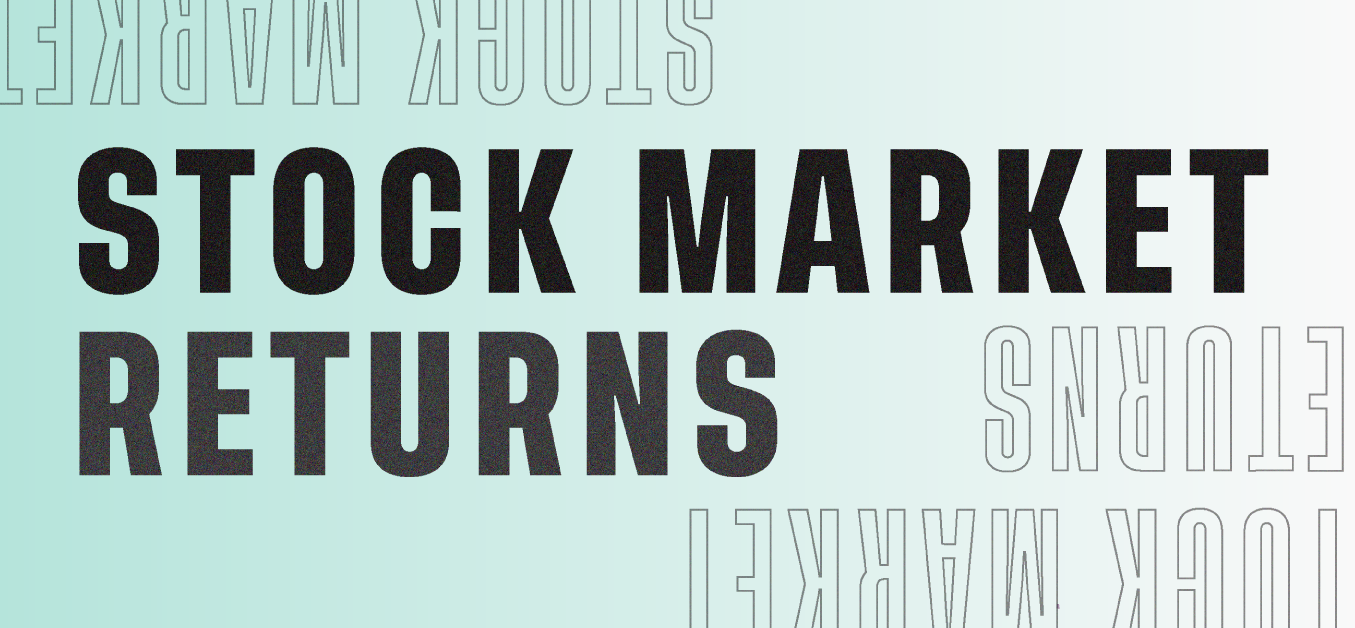
First, let’s just allow those of you with no interest in stocks to self select out of reading this post. It was nice having you here, but you will probably find this boring.
For folks interested in trading stocks in responsibly managed portfolios, or for folks that want to shout things like “SELL!!!! SELL! SELLL!!” into an earpiece like Russell Crowe’s character Max Skinner in Ridley Scott’s 2006 film A Good Year, this one’s for you.
The stock market is a big global amalgam of all markets and exchanges where it’s possible to buy or sell shares issued by publicly held companies. This is the place where you buy up some shares in, say, Coca Cola or Tesla. These companies trade on specific exchanges.
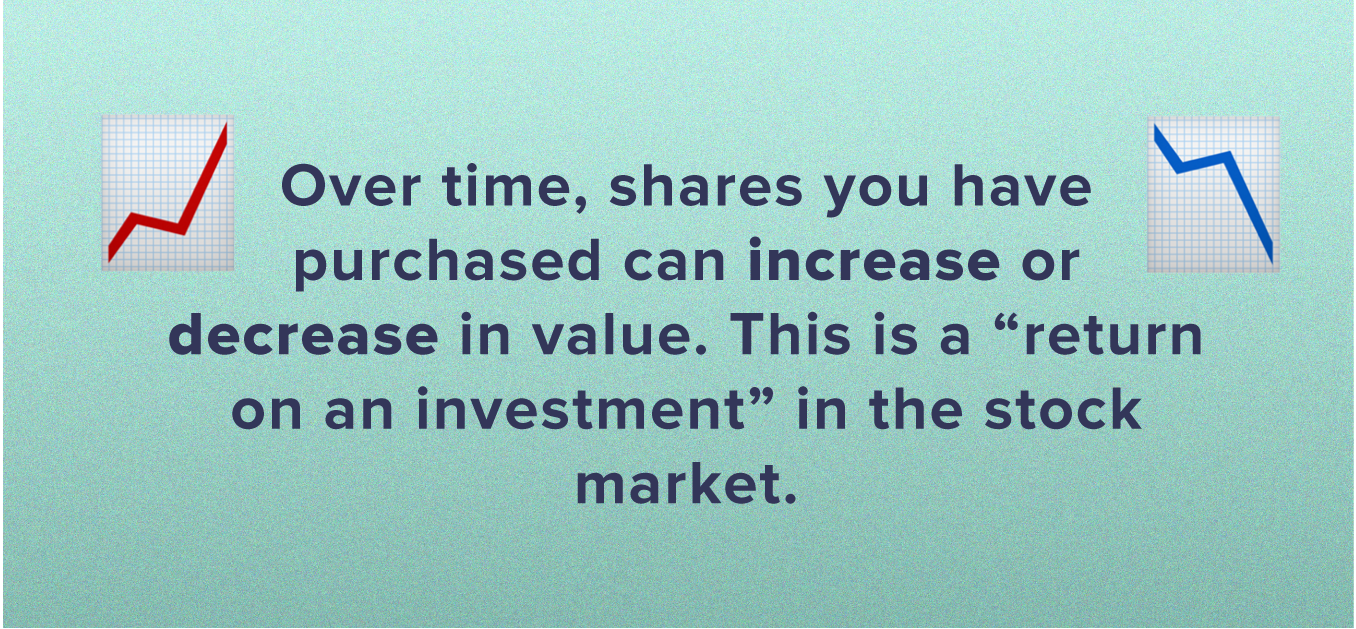
As a basic example, if you buy 100 shares in a company at $1.00 each, and over the course of a year, their price climbs to $2.00 per share, you will have earned $100 return, for a total holding of $200, nominally.
Returns refer to the profit or loss earned over time on your investments. If your stocks go up in value while you’re holding them, you’ll earn a profit. If the value goes down, you’ll lose money on your investment. The first one is good. The second one is not so good.

Returns are generally averaged out over the course of a year for comparison’s sake. This is because stock prices generally fluctuate a little all the time.
You can think of returns in two terms: nominal and real.
Nominal returns refer to your net gain or loss on an investment over a given period. Nominal means that this value is not necessarily actually related to the real value of an asset or a return. If you invest $500 and sell a year later for $800, your investment will be worth a total of $800. Your nominal return would be the total value less the initial investment ($800 - $500) equalling $300.
But this nominal return doesn’t account for things like inflation over time. This is where your real return comes in. The real rate of return is adjusted for economic changes including inflation which can have a positive or negative impact on the actual value of your investment were you to use it today. This is called the “purchasing power” of a given value.
The real, or total, return also expresses any dividends paid out to you over the course of your holding.
During periods of high inflation, it’s important to have an idea of the real value of a stock investment to ensure you’re making informed decisions.
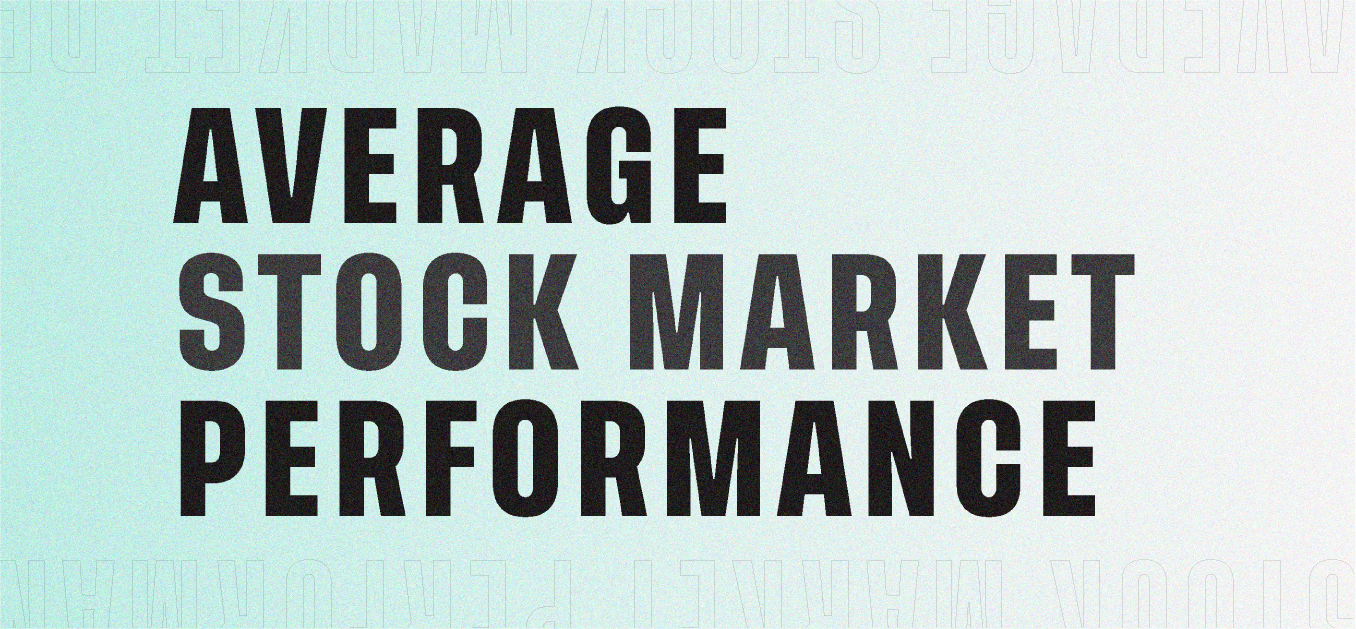
Why do people rattle on about stocks anyways? They’re volatile and it seems very stressful (see again, our Gerry Butler as brash and domineering Max Skinner in the aforementioned Good Year).
Well, because stocks can make people money. Year over year, certain stocks will increase in value with at least enough consistency to keep folks coming back, and to make Wall Street so damn obnoxious.
For our purposes, as chill normal Canadians, investing in a well balanced stock portfolio is one possible avenue that could help build long term wealth. We can even opt to invest in socially responsible portfolios, which only include companies that are giving back to the environment or making waves in the world of progressive governance.
In fairness to Gerard Butler, the stock market does consistently return profits for many people.
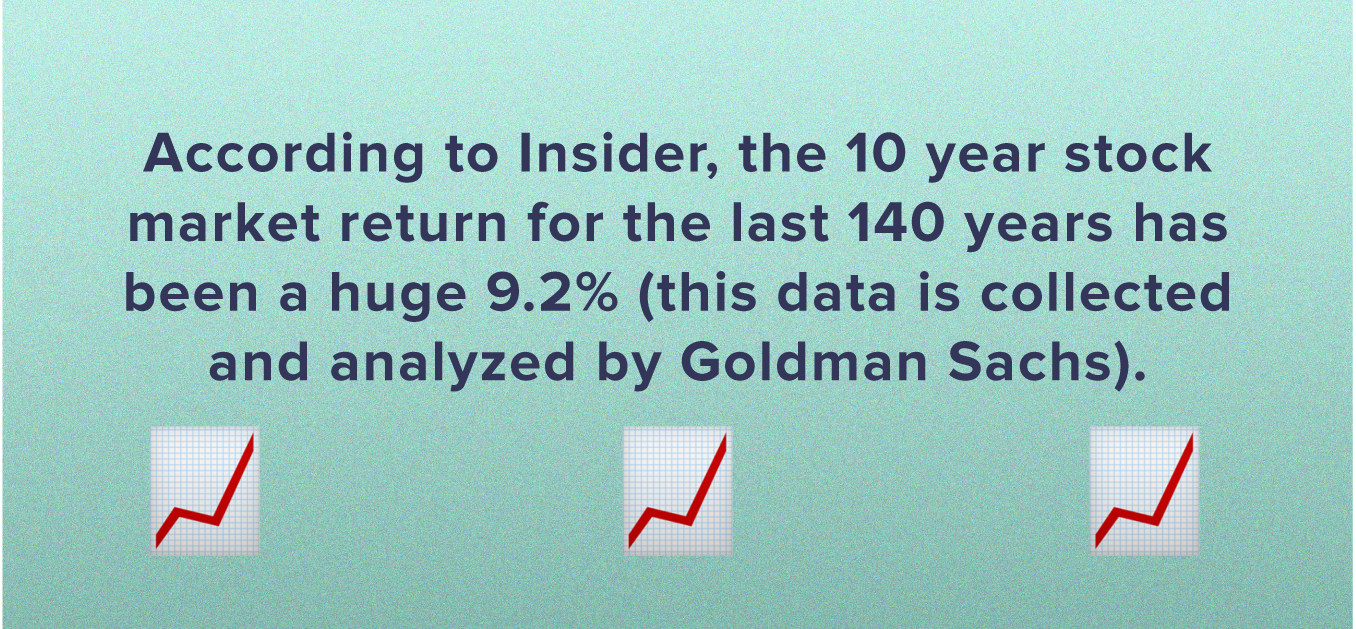
According to the same article, the S&P 500 has even better returns over the last ten years, reaching a 13.6% annual return rate.
Of course, this is not a guarantee that the market, or any particular stock, will perform well, and we should all remember the 2008 financial crash and the brief moment stocks fell off a cliff last year as pandemic panic took hold of the markets.
But if you’ve done your research and want to investigate the stock market to help build your wealth, there’s a strong case to be made for your chosen strategy.
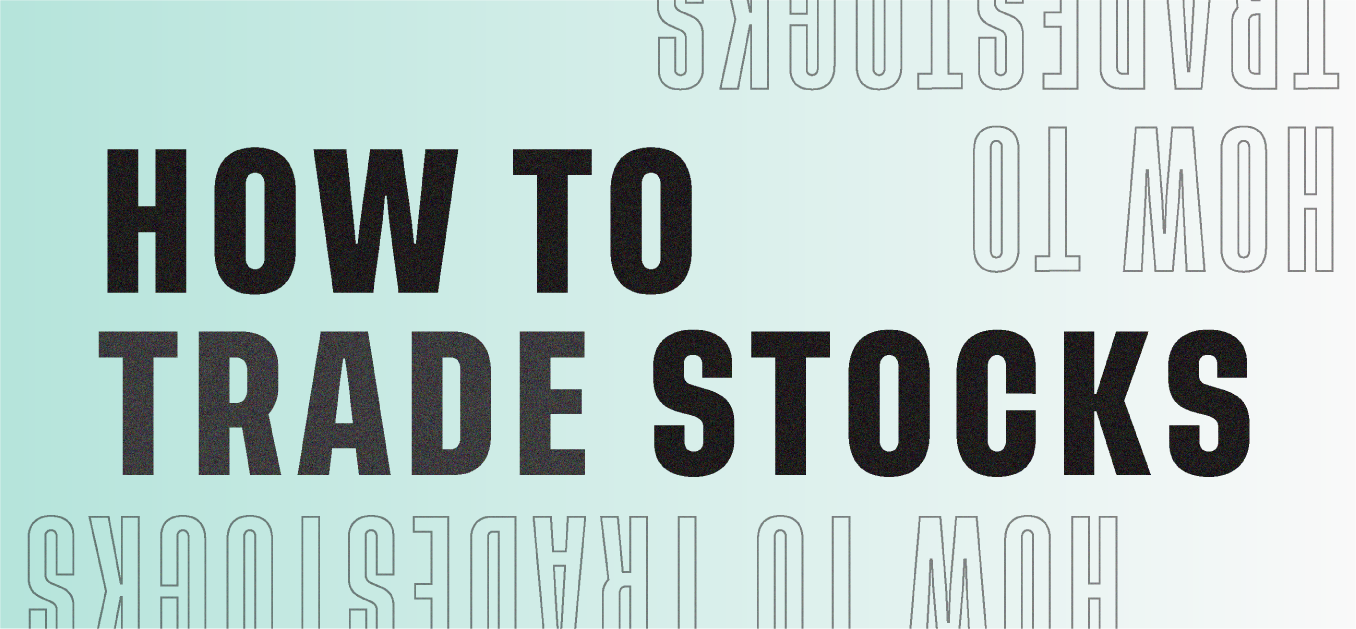
Stock market exchanges and over the counter marketplaces are very heavily regulated to help ensure there’s very little operational risk for users. Within specific exchanges or across several, you can trade stocks using a broker, or using tech that allows you to buy and sell stocks in apps, too.
If you’re ready to get started, get to doing your research. Find the app that seems best, or engage a broker that you get a good vibe from. Then you’re off to the races!
Speaking of apps… did you know we have one? You did? Oh, what’s that? This is a tired gag? Perhaps, but we’ve got a surprise up our sleeves for you “shouting into your earpieces” types.
That is: Mogo has acquired Moka, an extremely cool saving and investing app that offers well rounded portfolios of low cost exchange traded funds so you can build your wealth efficiently through investments.
| CHECK OUT MOKA |
And don’t forget about us when you’re a Max Skinner type, eh?????
This blog is provided for informational purposes only, is not intended as investment advice, and is not meant to suggest that a particular investment or strategy is suitable for any particular investor. If you’re unsure about an investment, you may wish to obtain advice from a qualified professional. Nothing herein should be considered an offer, solicitation of an offer, or advice to buy or sell securities. Always remember that past performance is not a guarantee of future results. Any historical returns, expected returns or probability projections are hypothetical in nature and may not reflect actual future performance.